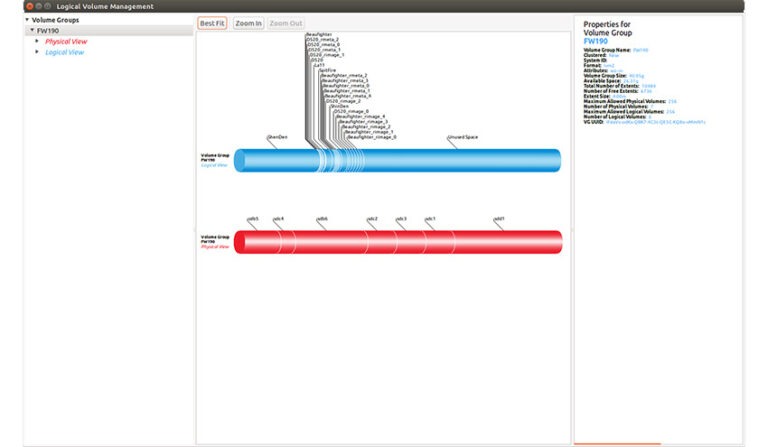Introduction
The select command in Linux is a versatile tool primarily used for menu creation in bash scripts. The command retrieves data from a specified list, which can be an array or other data source, and generates a menu from this data. Depending on the complexity of your task, you can create various types of menus such as a menu based on directory list or even a menu derived from file content.
Basic Syntax
The basic syntax of the select command is as follows:
select v in data_listdostatement1statement2statement3done
Here, each menu item is created from the data_list. The data retrieved from this list is stored in a variable to create the menu. You can also use the select command with the case command to create more complex menus.
Creating a Simple Menu
In a simple scenario, you might want to create a menu of mobile brands. You can easily achieve this by creating a bash file with the select command. After executing the script, the user will see a menu of brands and be asked to choose one. The name of the selected brand will then be printed on the screen.
Using Select Command with a Case Statement
To create a bash menu with a case statement, you can use the select command in conjunction with a case statement. After running the script, the user selects any menu item, and the case statement will match the selected value with its cases. If none of the case values matches the selected menu item, the script will print an “Invalid entry” message and terminate.
Creating Nested Bash Menus
The select command can also be used to create nested menus. This involves creating a menu under another menu. You can implement nested menus using two or more select and case statements. In this case, the parent menu contains multiple items and a sub-menu contains additional items. When a user selects an item, the script will display the corresponding message or submenu.
Creating a Bash Menu with an Array
Arrays in bash can store multiple data points, making them an excellent data source for creating bash menus. You can use an array with the select statement to create a menu. In this scenario, a bash subroutine is used to create a menu from the array. The script will check if the selected menu item number is within the appropriate range. If it’s not, the script will prompt the user to select a number within the valid range.
Conclusion
Creating bash menus using the select command is a straightforward process that can be customized to fit a variety of needs. Whether you’re creating a simple menu or a complex nested structure, the flexibility of the select command in bash scripts can handle it. Hopefully, these examples serve as a starting point for you to create your own unique menu combinations.
Unfortunately, I was unable to access the content from the first and third links provided due to site restrictions. However, the information from the second link provides a comprehensive overview of the select command in bash and its application in creating menus. If you require information specific to those sources, I would recommend accessing them directly if possible.





